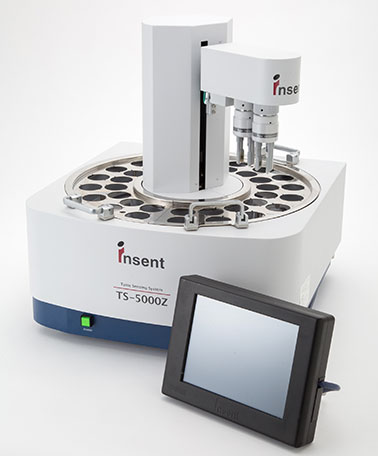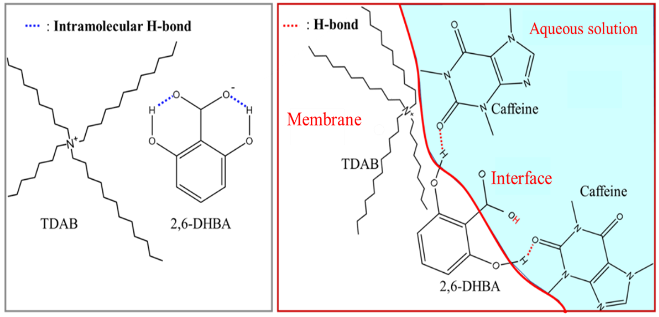Grant-in-Aid for Scientific Research(S)
Development of Novel Taste Sensor Using Allostery
Purpose and Background of the Research
Allostery acts in many situations with proteins such as enzymes or receptors. The allostery implies that binding with a ligand at one site affects an interaction with different or the same kind of ligand at another distant site of the receptor molecule. Allostery acts even on GPCR which is the receptor of taste substances. Application of the allostery to the engineering field is planned, too, but most still remain at the fundamental level.
On the other hand, the taste sensor (i.e., electronic tongue) which has the receptor parts composed of lipid, plasticizer and polyvinyl chloride, called the lipid/polymer membranes, had been already of practical use. However, the measurement of non-charged taste substances (saccharide and non-charged bitter substances, etc.) was impossible because it was a membrane potential measurement. The measurement of the saccharide (sweetness) is possible, but the selectivity to sweetness is low, and the response mechanism is unidentified. Synergistic effect occurring between umami taste substances cannot be measured. This research theme plans the discontinuous and rapid deepening of the taste sensor in order to solve these some problems. For making it possible, we utilize allostery by combining “the world’s first taste sensor” with “taste reception study pushed forward by molecular biological approach”.
 |
 |
Research Methods
This research theme is comprised of four groups (“G”) of electronics, sensory physiology, food functional analysis studies, and clinical pharmaceutics. We create a novel taste sensor with allostery while integrating fundamental and applied researches. G1 is in charge of the development of taste sensors realizing the detections of ① non-charged bitter substances, ②saccharide, ③ saltiness enhancement effect, and ④ synergistic effect of umami. G2 is in charge of a design and application to a taste sensor of the gustatory reception mechanism by utilizing the calcium imaging of the culture gustatory cell and molecular dynamics. G3 is in charge of state analysis of the interaction between molecules working between a ligand and the receptive membrane of taste sensor using 1H-(DOSY)-NMR method. G4 is in charge of the drug discovery application of the developed taste sensor for non-charged substances in clinical practice.
Expected Research Achievements and Scientific Significance
This study develops a novel taste sensor using allostery and enables the discontinuous deepening. The result creates allosteric-type sensing devices and also biosensors with wide selectivity to chemical substances (global selectivity) like gustatory and olfactory senses, realizes the intelligence to make a classification, identification and quantification of chemical substances according to these attributes, and develops soft materials having a functionality interface. Furthermore, it contributes to drug discovery chemistry, functionality sitology and sensory physiology, and also contributes to a food market growing rapidly. A great ripple effect is expected as well as the practical use of the novel taste sensor.
Publications Relevant to the Project
- X.Wu, Y.Tahara, R.Yatabe and K.Toko, Taste Sensor: Electronic Tongue with Lipid Membranes. Analytical Sciences, 36,147-159 (2020)
- J. Yoshimatsu, K. Toko, Y. Tahara, M. Ishida, M. Habara, H. Ikezaki, H. Kojima, S. Ikegami, M. Yoshida and T. Uchida: Development of Taste Sensor to Detect Non-Charged Bitter Substances, Sensors, 20, 3455 (2020)

